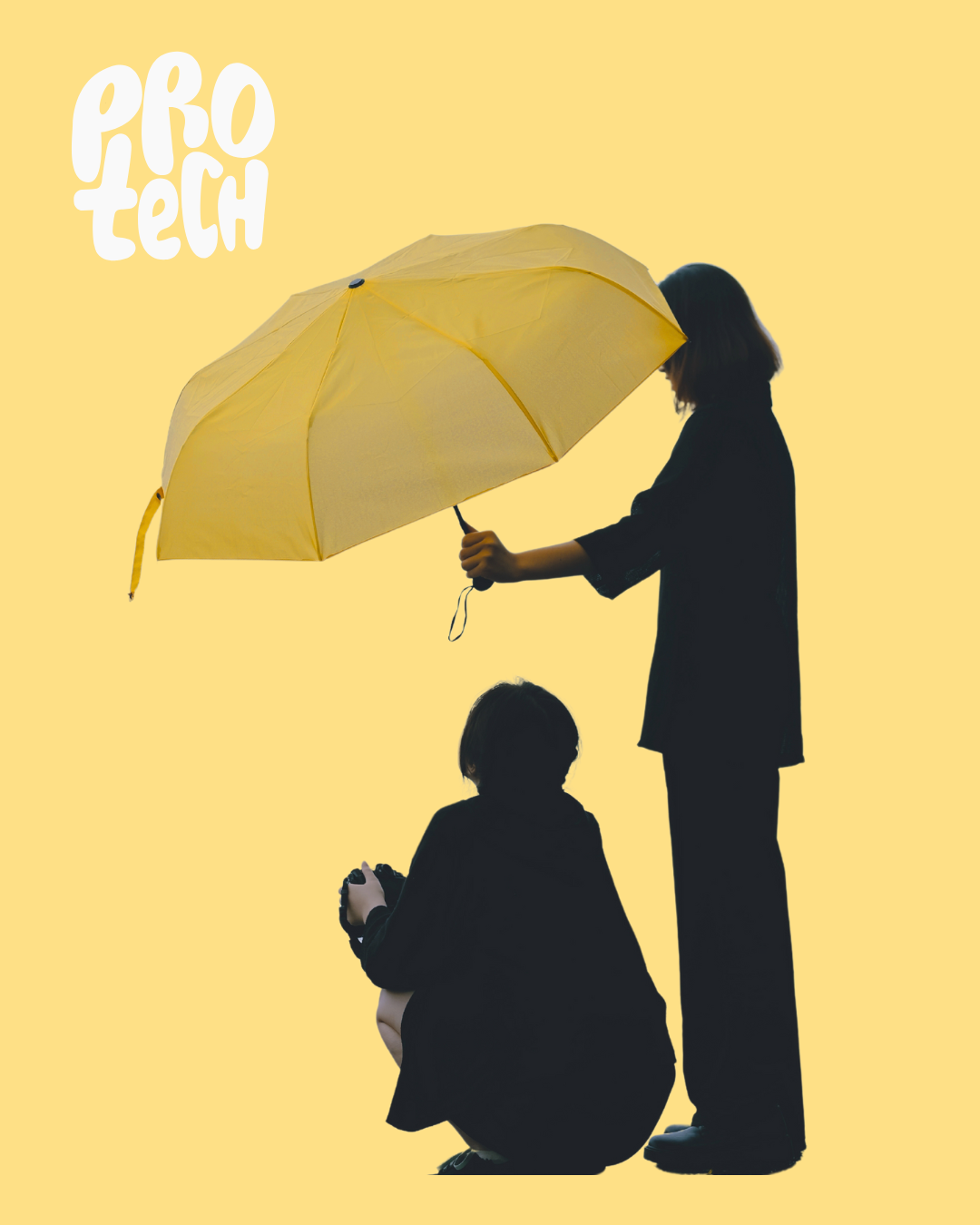📢
Psychological Safety is not just another buzz word or HR-y fluff. It fuels high-performance teams.
Without it, your engineers, product managers, analysts and scientists may well be running on caffeine and fear.

What is Psychological Safety?
🏃🏼♀️
The belief that you can speak up, ask questions, challenge decisions, make mistakes and disagree…. WITHOUT fear of being humiliated, punished or fired.
Imagine you’re in a sprint planning meeting. Your colleague suggests re-writing the entire codebase in ‘Rust’ because “it’s the future”. You know its a bad idea, but you stay silent. Why? The last time you spoke up, Joan from DevOps sighed so loudly that the office plants wilted in sympathy (FYI this is called a ‘microaggression’).
That is a lack of Psychological Safety. It’s more common than you’d think!
Why does it matter in Tech?
🖥
The Tech Sector needs innovation, problem-solving and collaboration to thrive. All of these things grind to a halt without Psychological Safety.
You might recognise some of these common issues that arise from a lack of Psychological Safety:
😮💨
Innovation dies because people are too scared to suggest unconventional ideas
Security breaches happen when mistakes are hidden, undetected instead of flagged and fixed early
No one is admitting they are stuck, so progress slows and opportunities for collaboration are missed
Burnout is romanticised as people feel the need to perform perfectly at all times
What does the data say?
📊
What happens without Psychological Safety?
⚠️
In low-safety teams:
Smart people stay silent
enabling bugs to be shipped, causing production to break, ultimately costing the business rework time and money
Your team agree with everything you say
allowing ridiculous ideas to be implemented, despite half the team knowing that is not a good idea
The blame game begins
Mistakes have to be pinned to a single person, which stalls collaboration, trust and accountability
✅
In high-safety teams:
Leaders openly say “I don’t know, what do you think?”
which leaves the door open for other people to admit when they are stuck
Teams are thankful
when the new-start points out process mistakes
People openly admit mistakes
and the team uses these as opportunities to learn and grow
Interested in building a high-safety team?
📣
Here are some top tips you can implement now:
Lead by example
Be vulnerable
Celebrate people who speak up
ask questions and challenge decisions
Normalise mistakes
celebrate failures as opportunities
Manage your own, and other peoples, microbehaviours
eye-rolls, sighs and interruptions say “You’re not safe here”. Shut them down
🔐
Psychological Safety is the invisible architecture behind your best code, products and people.
🎉
It is the reason that your team dares to experiment, challenge conventional processes and ship bold ideas.
Without it you risk mediocrity, missed opportunities and limited business growth.
✨
Look out for it in the pauses people take before speaking.
Ask yourself, “What environment have we created here?”.
🧑🏽💻
Build Psychological Safety intentionally and watch your team thrive!

